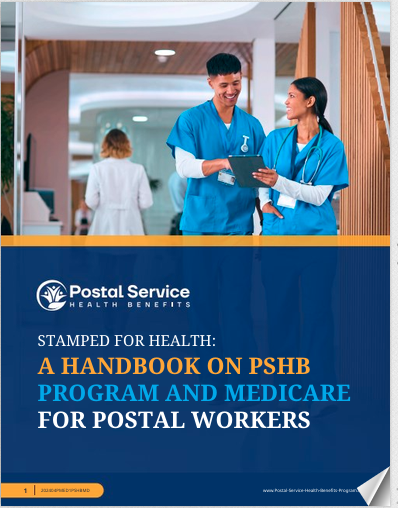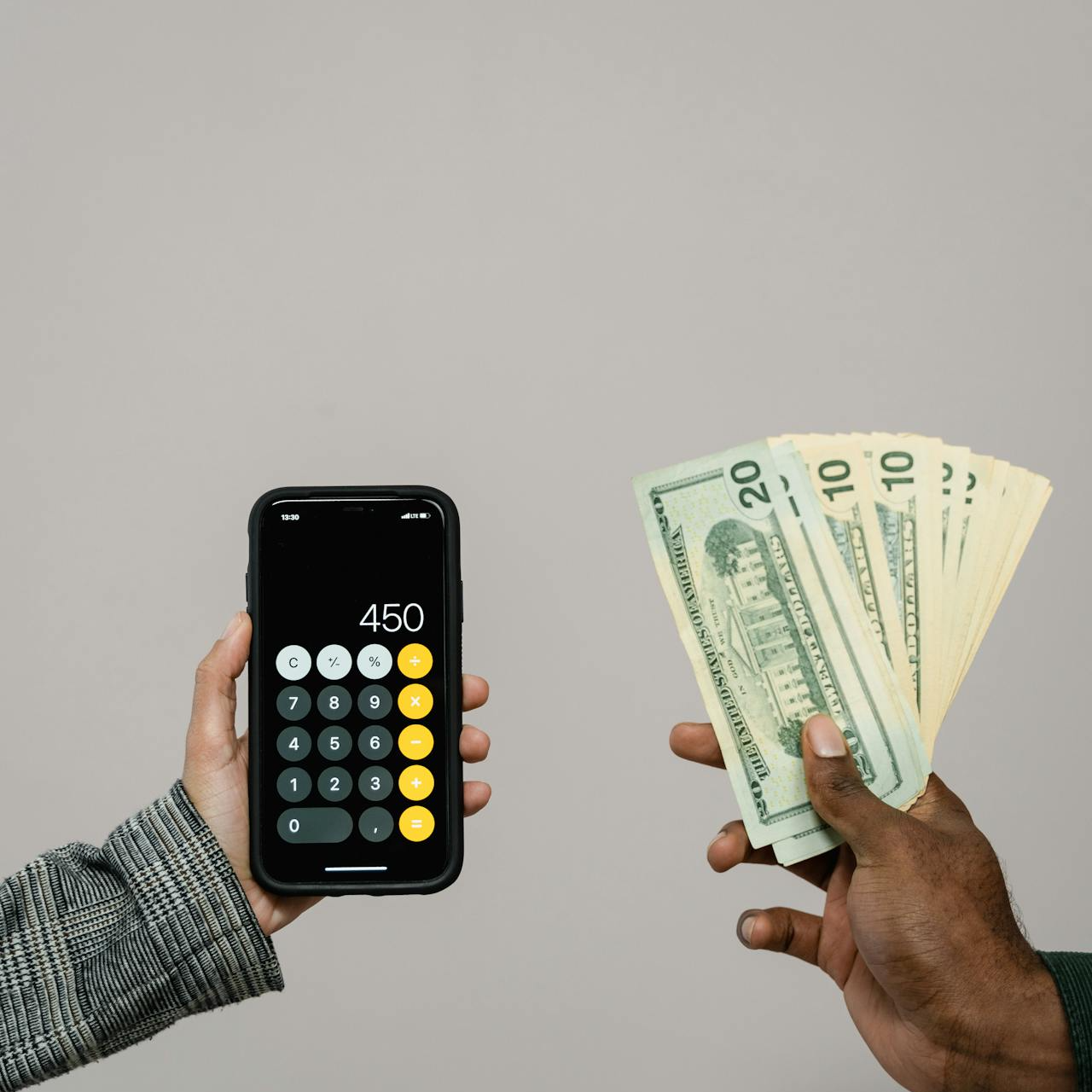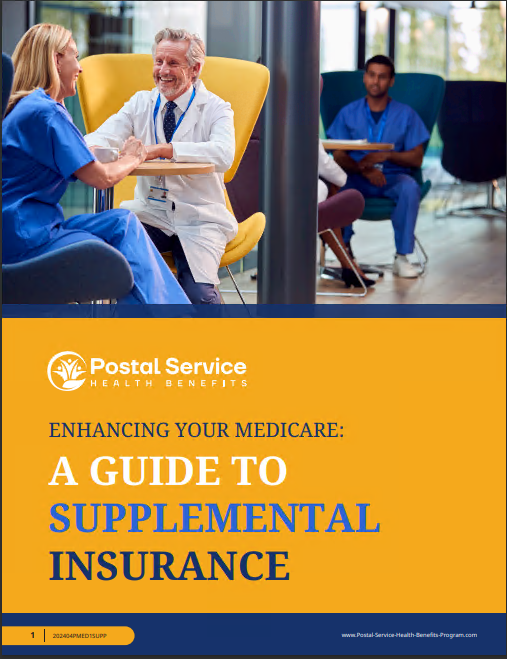Key Takeaways:
- The Postal Service Reform Act of 2022 introduces significant changes to postal workers‘ health benefits, particularly with the creation of the Postal Service Health Benefits (PSHB) program.
- Understanding how these changes impact your health coverage is crucial for current and retired postal employees as new requirements and options emerge under PSHB.
How the Postal Service Reform Act Is Shaping PSHB and Your Health Coverage
The Postal Service Reform Act of 2022 (PSRA) is a landmark piece of legislation that fundamentally alters how postal employees and retirees receive their health coverage. Signed into law on April 6, 2022, this act addresses many long-standing challenges faced by the United States Postal Service (USPS), particularly its financial obligations related to retiree health benefits. A key component of the PSRA is the establishment of the Postal Service Health Benefits (PSHB) program, which is set to begin in 2025. This article explores how the PSRA is shaping the PSHB program and what this means for the health coverage of postal workers and retirees.The Creation of the Postal Service Health Benefits (PSHB) Program
One of the most significant provisions of the PSRA is the creation of the Postal Service Health Benefits (PSHB) program, a new healthcare program specifically designed for postal employees and retirees. The PSHB will operate under the Federal Employees Health Benefits (FEHB) Program, but with distinct features tailored to the unique needs of the USPS workforce. Beginning in January 2025, all eligible postal employees and retirees will transition to the PSHB, marking a significant shift in how healthcare is managed for this group. The PSHB program was introduced to address the financial strain that the USPS has experienced due to the pre-funding mandate for retiree health benefits, which was established by the Postal Accountability and Enhancement Act of 2006. By shifting to the PSHB, the USPS aims to achieve long-term cost savings while ensuring that its employees and retirees continue to receive comprehensive health coverage.How PSHB Differs from FEHB
While the PSHB program will operate under the broader framework of the FEHB, there are key differences between the two. Unlike the FEHB, which serves federal employees across various agencies, the PSHB is exclusively for postal employees and retirees. This exclusivity allows the program to be tailored more closely to the specific needs and circumstances of the USPS workforce. One notable difference is the integration of Medicare for retirees. Under the PSHB, Medicare-eligible postal retirees will be required to enroll in Medicare Part B to maintain their health benefits. This requirement is aimed at reducing the overall cost burden on the USPS by leveraging Medicare to cover a portion of retirees’ healthcare costs. The PSHB will provide supplemental coverage to Medicare, ensuring that retirees have comprehensive protection. Additionally, the PSHB program will offer a range of health plans designed specifically for postal workers, which may differ in cost and coverage options compared to those available under the FEHB. This specialization is intended to provide postal employees and retirees with plans that are better suited to their needs, potentially offering more competitive pricing and benefits.Implications for Current Employees and Retirees
The transition to the PSHB program has significant implications for both current postal employees and retirees. For active employees, the shift to PSHB will mean choosing from a new set of health plans during the annual Open Season. It will be crucial for employees to carefully review the new options and consider how each plan meets their healthcare needs and budget. For retirees, particularly those who are Medicare-eligible, the PSHB program introduces the new requirement of enrolling in Medicare Part B. This change may lead to additional out-of-pocket costs for retirees, as they will need to pay Medicare Part B premiums. However, the integration with Medicare is expected to provide retirees with more comprehensive coverage, potentially reducing their overall healthcare expenses. Retirees who are not yet eligible for Medicare will continue to receive coverage through the PSHB, with plans designed to offer benefits similar to those currently available under the FEHB. However, the specific details of these plans, including costs and coverage, will need to be carefully reviewed as the program’s implementation approaches.Preparing for the Transition: What You Need to Know
As the January 2025 implementation date for the PSHB program approaches, it is essential for postal employees and retirees to stay informed about the changes and how they will be affected. Here are some key steps to prepare for the transition:- Understand the New Requirements: If you are a retiree who will be eligible for Medicare by 2025, it is important to understand the requirement to enroll in Medicare Part B. This enrollment will be necessary to maintain your health coverage under the PSHB. Consider how this additional cost will impact your retirement budget and explore whether any assistance is available to help with Medicare premiums.
- Review Your Health Plan Options: During the Open Season preceding the launch of the PSHB, carefully review the available health plans. Compare the benefits, premiums, and out-of-pocket costs to ensure you choose a plan that meets your healthcare needs. Pay close attention to any changes in coverage compared to your current plan under the FEHB.
- Attend Information Sessions: The USPS and the Office of Personnel Management (OPM) will likely offer informational sessions and resources to help employees and retirees navigate the transition to the PSHB. Take advantage of these opportunities to ask questions and gain a clearer understanding of your options.
- Plan for Medicare Enrollment: If you are approaching Medicare eligibility, start planning for your enrollment in Medicare Part B. Understand the timelines and processes involved, and ensure you are prepared to make this transition smoothly.






